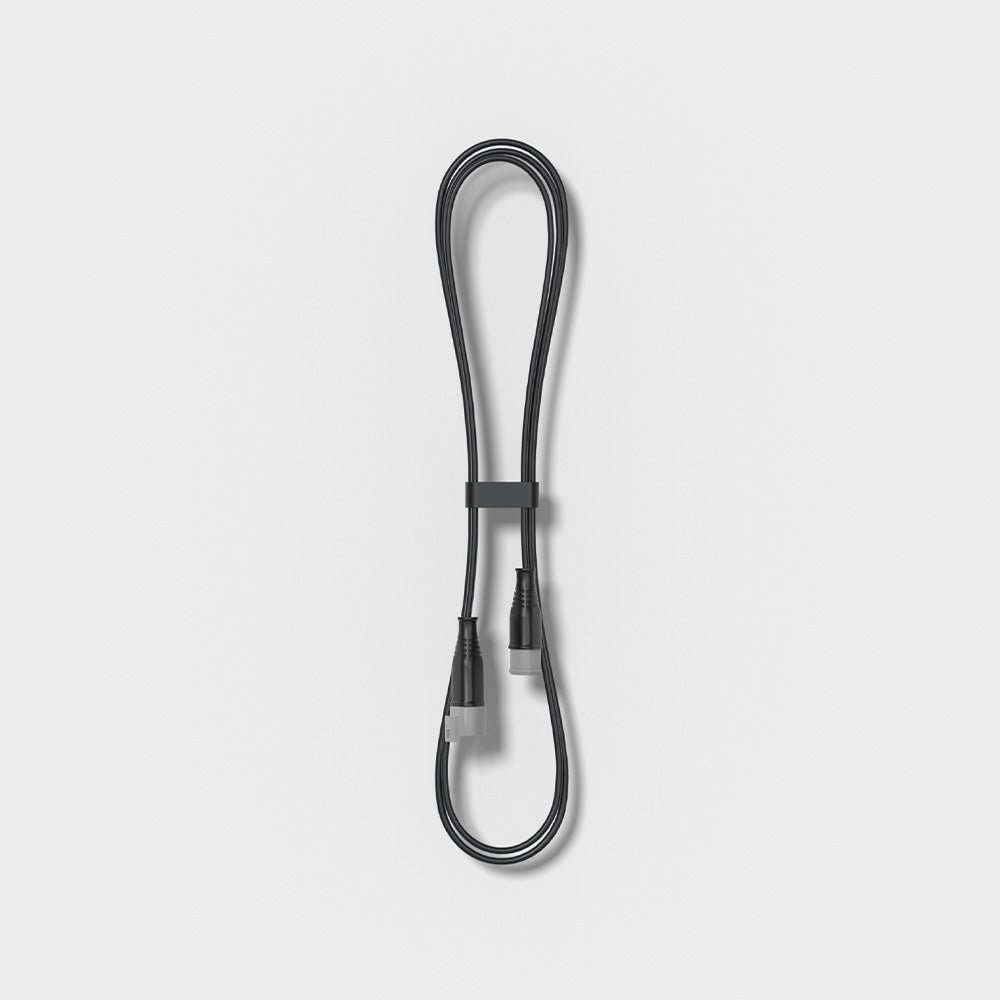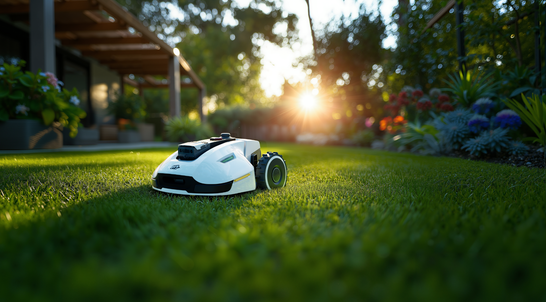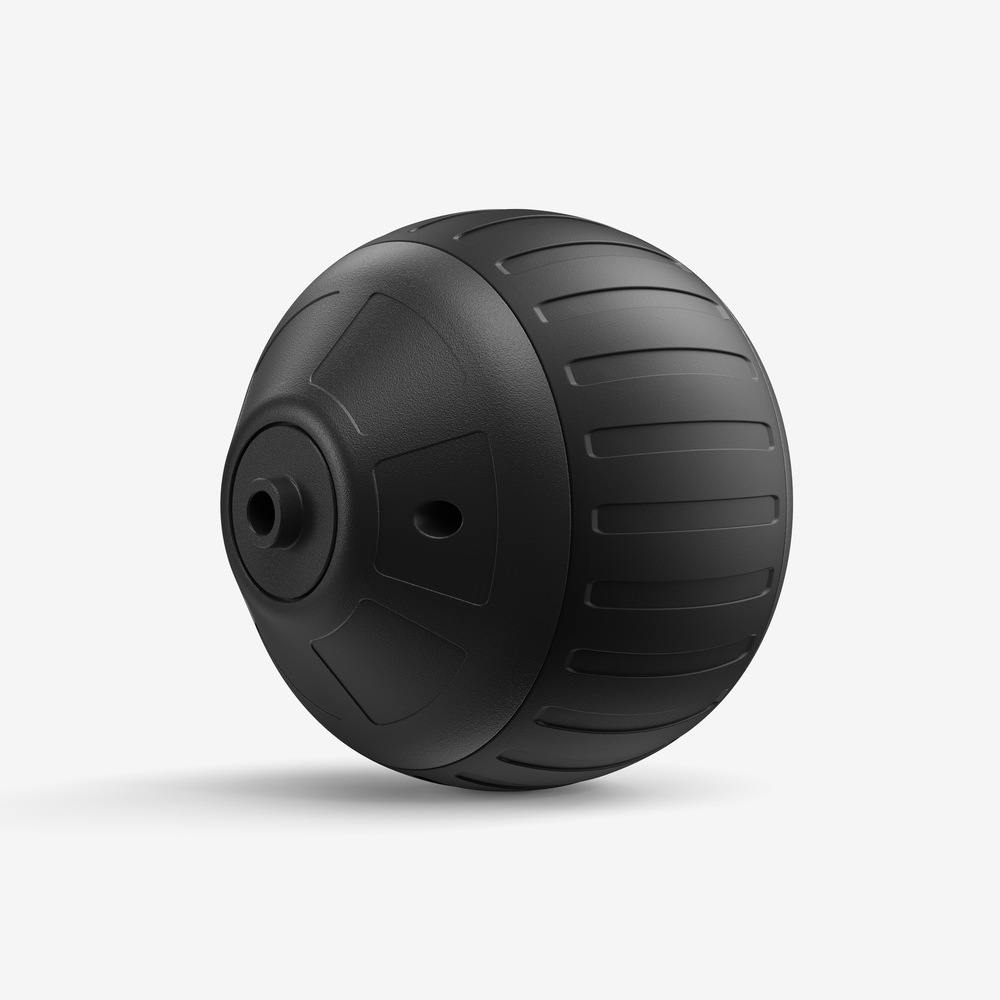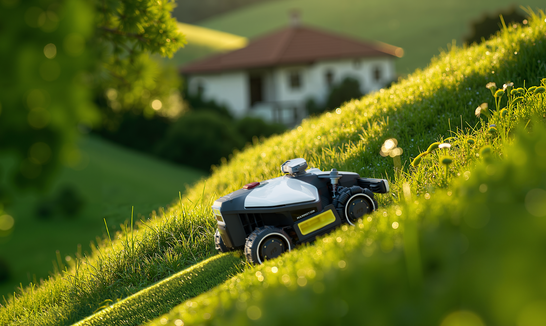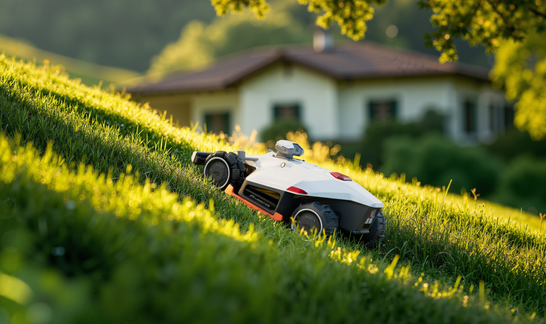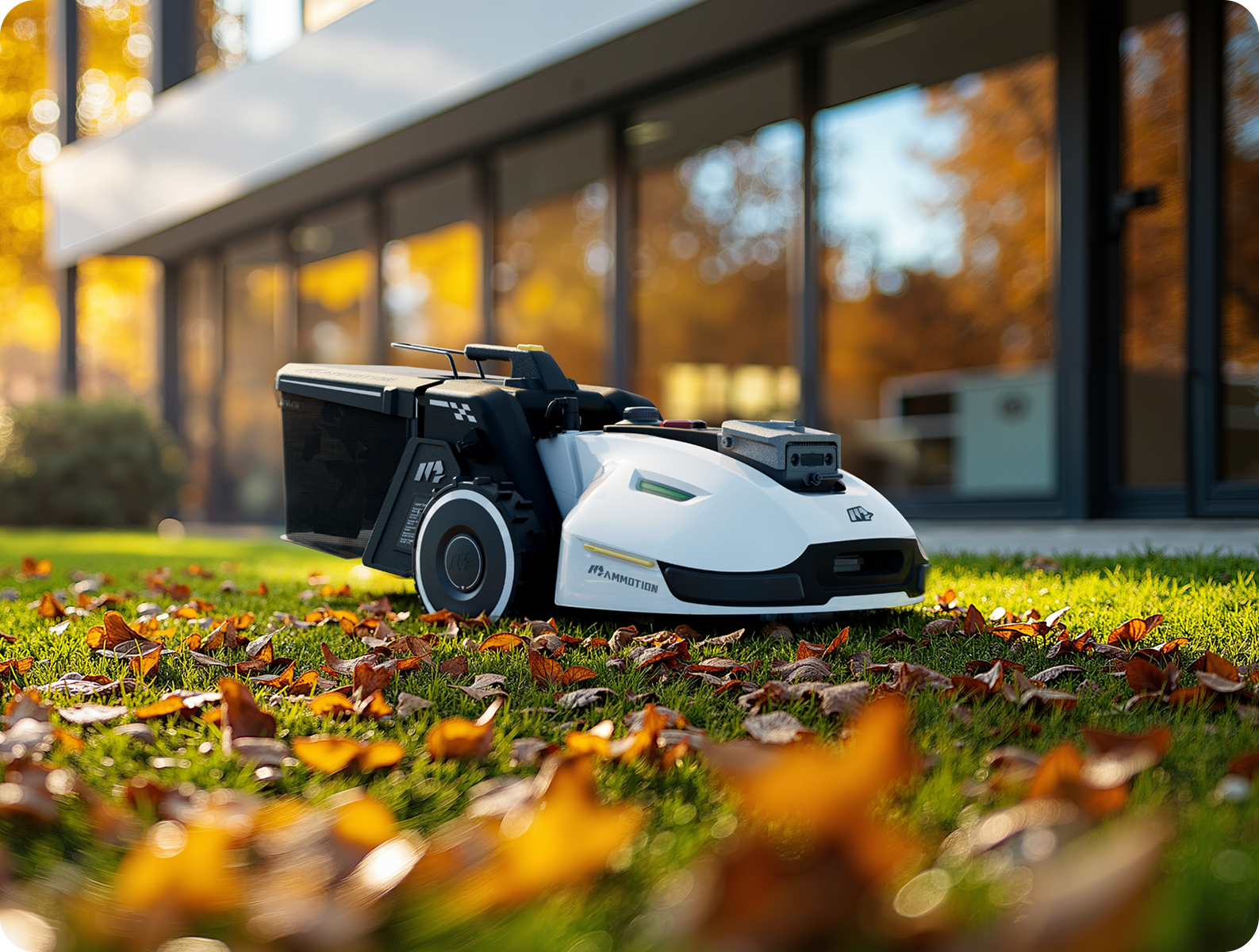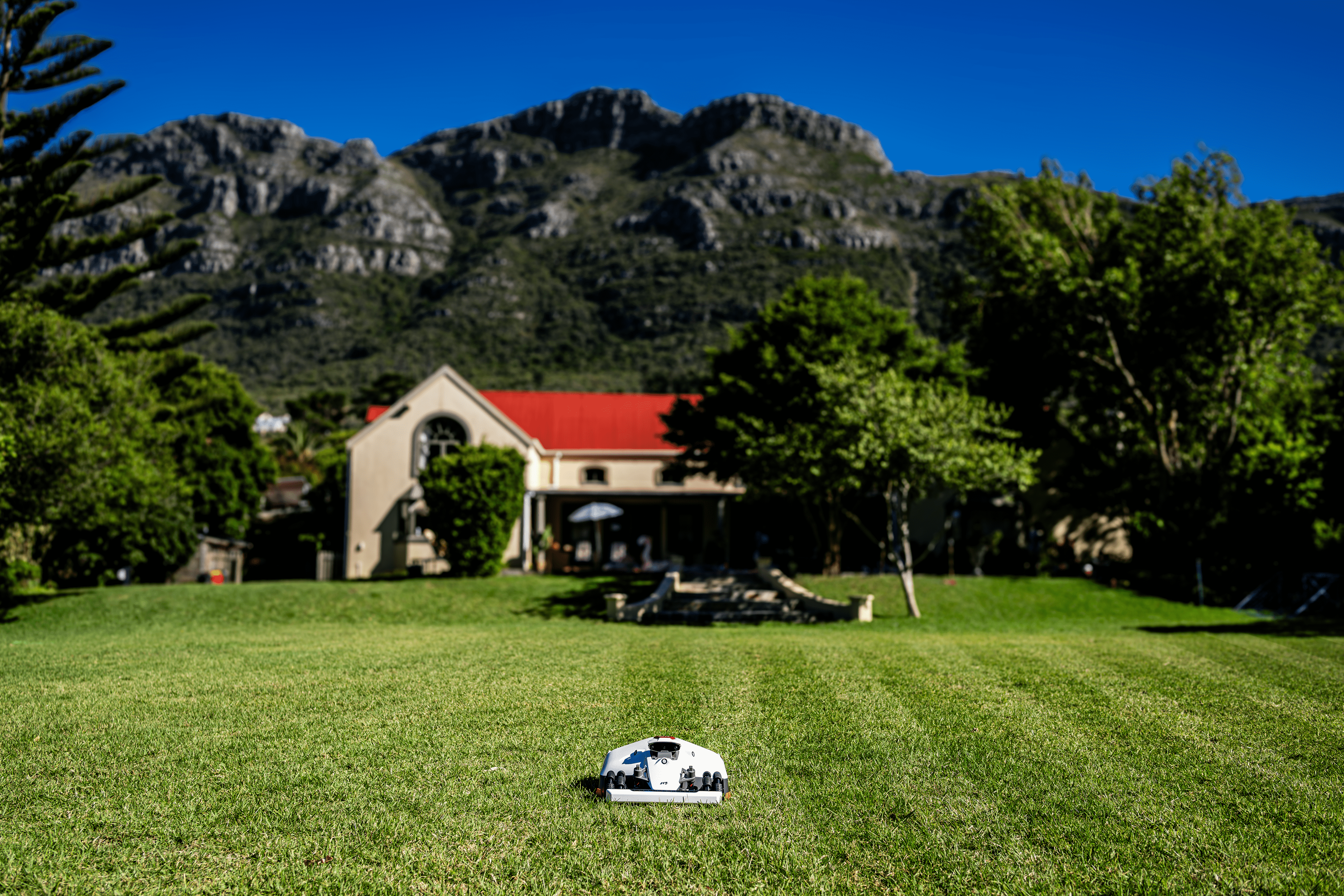A lush, green lawn is the pride of any garden, but achieving and maintaining it requires more than just occasional mowing. In the UK, where the climate varies from region to region, understanding the specific needs of your lawn throughout the year is key to creating a healthy, thriving lawn. Whether you're a seasoned gardener or a novice, having a month-by-month guide to lawn care can help you stay on top of essential tasks, ensuring your grass is healthy, resilient, and beautiful all year round.
This UK Lawn Care Calendar provides you with a comprehensive, month-by-month breakdown of what to do and when to do it. From early spring fertilising to winter protection, each month highlights the crucial tasks to keep your lawn in top condition. Following this guide will ensure that your lawn has the right care at the right time, helping it to grow strong and look its best, no matter the season.
January: Planning and Assessing Your Lawn Care
In January, your lawn is likely dormant, but this doesn't mean it's time to forget about it. Winter is the perfect opportunity to assess your lawn's condition and start planning for the upcoming year. By taking some time this month, you can set yourself up for a healthy lawn that will thrive in the spring and summer months.
- Assessing the Lawn's Condition: Even though your grass is not actively growing, it's important to inspect it for any signs of winter damage. Look for areas affected by frost, snow mould, or compaction from heavy foot traffic. Identifying issues now means you can address them early in the year before they become bigger problems.
- Develop a spring care plan: Begin developing a spring lawn care plan. This can include tasks such as fertilising, seeding and mowing so that you are ready to cope when the weather turns.
By preparing your lawn and tools this month, you'll be ahead of the game and ready to tackle your lawn care with confidence as the seasons change.
February: Winter Care and Preparation
While February still brings cold temperatures and your lawn remains dormant, it’s an important month to prepare for the upcoming spring. This is the time to ensure your lawn is well-protected from winter’s harsh conditions and to start getting your tools ready for the growing season.
- Avoid Walking on the Lawn: If there’s frost or snow, avoid walking on your lawn as this can cause compaction and damage the grass. When grass is frozen, it’s particularly vulnerable, and walking on it can lead to long-lasting harm.
- Check and Maintain Tools: Now is the perfect time to check the condition of your lawn equipment. Clean and maintain your mower, pruners, and garden tools, ensuring everything is ready for the spring. If you manage a larger lawn, consider reviewing your needs and possibly upgrading to a robotic lawn mower for more efficient maintenance.
- Soil Testing: Consider testing your soil's pH levels. Understanding your lawn’s soil needs is crucial for applying the right fertiliser in the coming months. Soil testing will give you insights into whether your lawn requires additional nutrients, which will help you plan for a healthier lawn later in the year.
Taking these small steps in February will set the stage for a flourishing lawn come spring. While winter continues, a bit of preparation now can save you time and effort later on.
March: Preparing Your Lawn for Spring
As the days grow longer and temperatures begin to rise, March marks the beginning of your lawn’s transition from winter dormancy to spring growth. This is the perfect time to start preparing your lawn for the busy growing season ahead, and a few key tasks can set the stage for a healthy, vibrant lawn.
- Clear Debris: Begin by clearing your lawn of any leaves, twigs, and other debris that may have accumulated over the winter. A rake is an ideal tool for this task, but make sure to be gentle to avoid damaging any tender new grass shoots.
- Light Lawn Fertilising: Once the weather begins to warm, apply a high-nitrogen fertiliser. Be sure to choose a slow-release fertiliser that will feed your grass gradually and help it establish a healthy root system.
- Early Spring Mowing: While it’s still early, once your grass starts to grow, give it its first mow of the season. Keep the blade height slightly higher than usual, as cutting too short can stress the grass and make it more susceptible to disease and weeds. A light trim will help stimulate new growth without putting unnecessary strain on the lawn.
- Aerating: March is also a great time to consider aerating your lawn if the soil has become compacted over the winter. Aeration helps to improve air, water, and nutrient flow to the roots, promoting stronger, healthier grass.
Starting these tasks in March will set your lawn on the path to lush, green growth throughout the spring and summer. It’s the ideal time to give your lawn a head start before the busier months ahead.
April: Start Spring Lawn Care
As temperatures continue to rise in April, your lawn enters its most active growing phase. By keeping up with regular care, you’ll encourage lush, vibrant growth throughout the spring and summer months.
- Continue Fertilising: After your early spring fertilisation in March, continue applying a balanced fertiliser to promote healthy growth. Look for a fertiliser that includes nitrogen, phosphorus, and potassium, which will support strong root development and overall lawn health.
- Weed Control: April is prime time for weeds to begin growing, so it's essential to stay on top of weed control. Apply a pre-emergent weed killer to prevent weeds from sprouting, or hand-pull weeds as you see them.
- Overseeding: If your lawn has areas of bare or thinning grass, April is an excellent time to overseed. Be sure to choose a grass seed that matches the type of grass already growing in your lawn to ensure compatibility.
- Regular Mowing: By April, your lawn will need regular mowing to keep it looking neat and encourage healthy growth. Keep the grass height at a moderate level, cutting only about one-third of the grass height at a time. Be sure to keep your mower blades sharp to avoid tearing the grass.
- Monitor for Pests and Diseases: As the weather warms, pests like aphids and grubs may begin to appear. Keep an eye on your lawn for any signs of pest damage or disease, and treat problems early to prevent them from spreading.

April is the time to nurture your lawn and keep it on track for a beautiful growing season. By staying proactive with your lawn care, you'll ensure a thriving and vibrant lawn throughout the year.
May: Strengthening Your Lawn’s Growth
As we move into May, your lawn is likely in full growth mode. This month focuses on maintaining the momentum of the growing season by ensuring that your grass receives the care it needs to stay healthy and vibrant throughout the warmer months.
- Watering: Regular watering becomes essential in May as the temperatures rise. Ensure your lawn is receiving adequate moisture by watering deeply and less frequently, rather than frequent shallow watering. Deep watering encourages roots to grow deeper, making your lawn more drought-resistant.
- Fertilising: Continue to feed your lawn with a balanced fertiliser that includes essential nutrients like nitrogen, phosphorus, and potassium. Avoid over-fertilising, as this can lead to excessive growth and vulnerability to pests.
- Continue Mowing: By May, your lawn should be growing quickly, requiring regular mowing. Set your mower blades to a higher setting, as cutting too short can stress the grass and make it more susceptible to diseases.
- Monitor for Pests: As the temperatures rise, pests like grubs, chinch bugs, and aphids become more active. Regularly inspect your lawn for signs of pests or disease, and address any issues promptly to prevent damage. If you spot a problem, treat it with the appropriate pest control products.
- Aeration (If Needed): If your lawn experiences heavy foot traffic or has compacted soil, May is still an excellent time to aerate your lawn. Aerating will improve soil structure, helping nutrients, water, and oxygen reach the roots more effectively.
May is a key month for maintaining a strong and healthy lawn, as the grass enters its peak growing season. By following a regular care routine, you’ll ensure that your lawn stays lush, green, and resilient throughout the summer months.
June: Summer Lawn Care
As temperatures rise in June, your lawn faces the challenges of summer heat and potential drought. This month, it's crucial to focus on water management, pest control, and maintaining your lawn’s overall health as it endures the hotter months.
- Deep Watering: As summer sets in, water your lawn deeply but less frequently. Deep watering encourages deeper root growth, which helps your lawn stay healthy and more drought-resistant during the heat of summer. Aim for about 1 to 1.5 inches of water per week, including rainfall.
- Reduced Mowing Frequency: Cutting too short and frequently can stress the grass and leave it vulnerable to weeds, disease, and pests.
- Avoid Over-fertilising: Fertilising in June is optional. Avoid over-fertilising, as it can encourage excessive growth that may make the lawn more susceptible to heat stress.
- Pest and Disease Control: Summer brings out various pests such as grubs, chinch bugs, and ants. If you spot any issues, treat them early with the appropriate pest control methods to avoid long-term damage.

June is a critical time to maintain your lawn's health as it endures the summer conditions. Proper care now will ensure a resilient, lush lawn throughout the season.
July: Managing Your Lawn in Peak Summer
July often brings the hottest and driest conditions of the year, making it a challenging month for lawn care. Your focus should be on helping your lawn survive the heat with minimal stress.
- Maintain Deep Watering: Continue deep watering once or twice per week. Morning watering is ideal to maximise absorption and reduce evaporation.
- Keep Grass Longer: Adjust your mowing height higher than usual. Taller grass shades the soil, helping to retain moisture and protect the roots from heat stress.
- Reduce Fertiliser: Lawns grow more slowly during hot periods, reduce fertiliser so that excess fertiliser does not affect the health of your lawn.
- Minimise Lawn Stress: Avoid heavy traffic on the lawn and postpone any major lawn work like fertilising or reseeding. The lawn needs to conserve energy during extreme heat.
Prioritising water conservation and minimal disturbance will help your lawn remain healthy during the toughest part of summer.
August: Late Summer Lawn Care
As August brings continued warmth, your lawn care focus should remain on maintaining moisture and minimising heat stress.
- Continue Watering: Maintain your regular watering, providing around 1 to 1.5 inches of water weekly. Early morning watering is still the best practice to reduce evaporation.
- Reduce Mowing: Reduce the frequency of mowing to avoid additional stress on your lawn due to over-mowing.
- Monitor for Pests and Disease: Late summer can still bring issues like fungal diseases and insect pests. Inspect your lawn regularly and treat any problems early.
- Prepare for Autumn: August is also a good time to start planning your autumn lawn care routine, such as aeration and overseeding, which will help your lawn recover after summer stress.

By focusing on hydration, minimal disturbance, and early preparation, you’ll help your lawn transition smoothly into the cooler autumn months.
September: Preparing Your Lawn for Autumn
September marks the start of cooler temperatures, making it one of the best months for rejuvenating your lawn after the stresses of summer. Early autumn lawn care is crucial for ensuring a healthy, vibrant lawn that can withstand winter and flourish next spring.
- Aeration Again: After months of foot traffic and summer heat, your soil may have become compacted. Lawn aeration this month will improve air, water, and nutrient penetration to the roots, encouraging stronger, healthier grass.
- Overseeding: September is the perfect time to overseed any bare or thinning patches. Choose a high-quality grass seed that matches your existing lawn. Overseeding in early autumn gives the new grass time to establish before winter sets in.
- Fertilising: Apply an autumn-specific fertiliser rich in potassium to help strengthen the grass roots and improve resistance to cold weather and disease.
- Weed Control: Weeds are still active in early autumn. Applying a selective herbicide now can prevent them from competing with your grass during this important recovery period.
- Moderate Mowing: Mow your lawn moderately to keep it neat and avoid over-mowing.

By focusing on aeration, overseeding, fertilisation, and weed control in September, you set a strong foundation for a thicker, healthier lawn that will thrive well into next year.
October: Essential Autumn Lawn Care
As autumn deepens, October is a vital month for reinforcing all the care you’ve given your lawn throughout the year. With cooler temperatures and increased rainfall, your lawn can recover from summer stress and prepare for the coming winter.
- Leaf Removal: Regularly remove fallen leaves from your lawn. Allowing leaves to accumulate can block sunlight, trap moisture, and encourage fungal diseases. Use a rake or leaf blower to keep your lawn clear and breathing.
- Autumn Lawn Fertiliser: Apply a high-quality autumn lawn fertiliser this month. A fertiliser rich in potassium strengthens the grass roots, improves resilience against frost, and supports healthy growth into the next season.
- Final Mow: Give your lawn its final mow of the season, setting your mower to a slightly lower height than usual. Cutting the grass a bit shorter helps prevent it from matting under snow and reduces the risk of winter diseases.
- Storing Lawn Mower: When you are ready to put your lawn mower away for the season, remember to check the mower thoroughly so that it is in good condition when spring arrives. Then store it in a dry and preferably frost-free place, such as a garage or shed.
With consistent autumn lawn maintenance in October, your lawn will head into winter in its strongest condition yet, ready for a vigorous start next spring.
November: Preparing Your Lawn for Winter
As temperatures continue to drop, November is the time to complete the final tasks before your lawn enters full dormancy. Proper winter lawn preparation now will protect your grass and ensure it re-emerges healthy next spring.
- Winter Fertiliser: Apply a winter lawn fertiliser specifically formulated to support root development during the colder months. This strengthens the lawn’s resilience against frost and prepares it for a strong spring comeback.
- Clear Debris: Make sure your lawn is free of fallen leaves, branches, and other debris. Leaving debris can smother grass, encourage mould growth, and attract pests.
- Protecting Your Lawn: Avoid walking on frozen or frosty grass, as this can cause lasting damage to the turf. If heavy snowfall is expected, double-check that drainage around your lawn is clear to prevent waterlogging.
Taking these final steps in November ensures that your lawn is properly protected for winter and set up for success once the warmer weather returns.
December: Winter Lawn Protection
December marks the heart of winter, and although your lawn is dormant, it still requires attention to ensure it stays healthy through the colder months. Proper winter lawn protection now will set the stage for a strong recovery in spring.
- Minimise Foot Traffic: Frozen grass is highly susceptible to damage. Avoid walking on your lawn during frosty or snowy periods to prevent soil compaction and grass blade breakage.
- Clear Light Snow Carefully: While a light dusting of snow is usually harmless, heavy snow or ice buildup can smother the grass. Gently remove excessive snow when necessary, but avoid aggressive shovelling that could tear or stress the turf.
- Inspect for Drainage Issues: Check your lawn periodically for standing water or poorly draining areas. Waterlogged soil can freeze and damage the root system, so ensuring proper drainage is essential during winter.
By maintaining a few simple December lawn care habits, you’ll protect your grass through the winter and be ready for a lush, healthy lawn next year.
Conclusion: Year-Round Lawn Success
Maintaining a beautiful lawn in the UK requires year-round attention and care. By following this month-by-month guide, you ensure that your lawn receives exactly what it needs at every stage of the year. Consistency, preparation, and seasonal awareness are key to enjoying a lush, green lawn season after season.



